Improve Your Radiographic Technique
“As low as reasonably achievable,” or ALARA, is a critical radiation safety principle, as ionizing radiation can cause biological health risks. Organizations, such as the American Dental Association, American Dental Hygienists’ Association, and American Academy of Pediatric Dentistry, promote ALARA. Evidence-based selection criteria guidelines developed by an expert panel of professionals should be used when making decisions about the type, frequency, and quantity of dental radiographs to be taken for adults, adolescents, and children.
Dental radiographic images are essential to diagnosing oral disease.
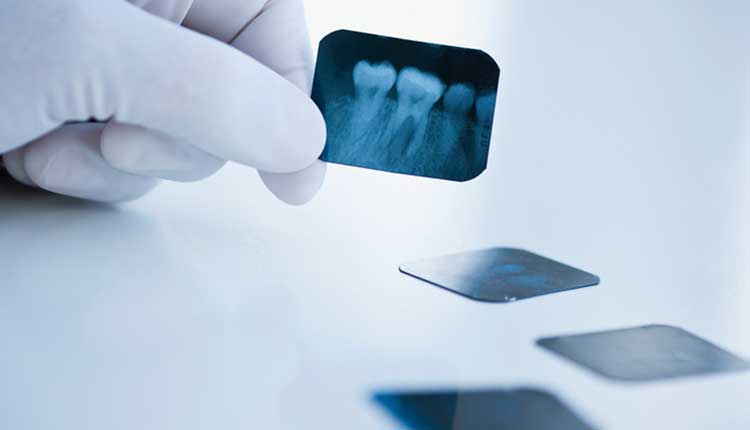 Tetra Images / Brand X Pictures
Tetra Images / Brand X Pictures
Which patient populations may present challenges to radiographic imaging techniques?
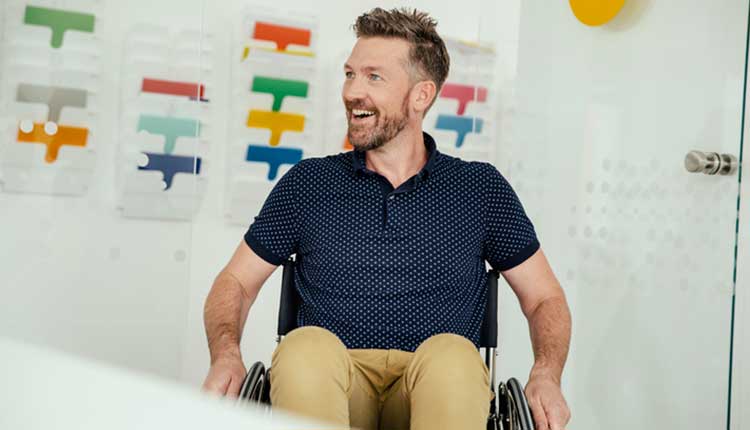 Westend61
Westend61
While everyone has a gag reflex, the presence of a hypersensitive gag reflex may make placing and obtaining diagnostic images difficult.
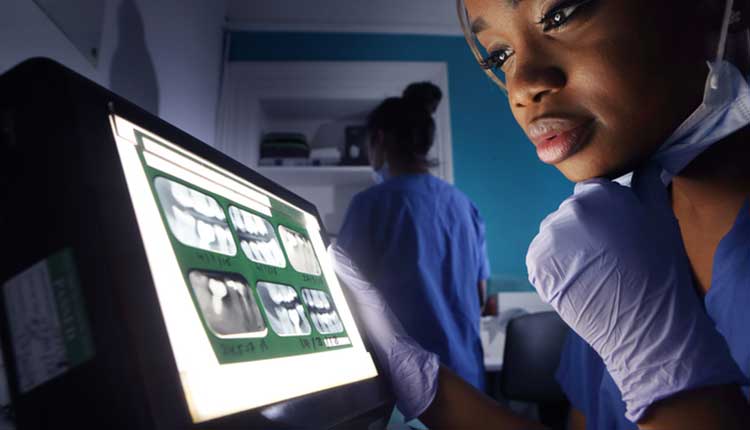 Peter Cade / Stone
Peter Cade / Stone
Approximately what percentage of children and adolescents have a hypersensitive gag reflex associated with dental treatment?
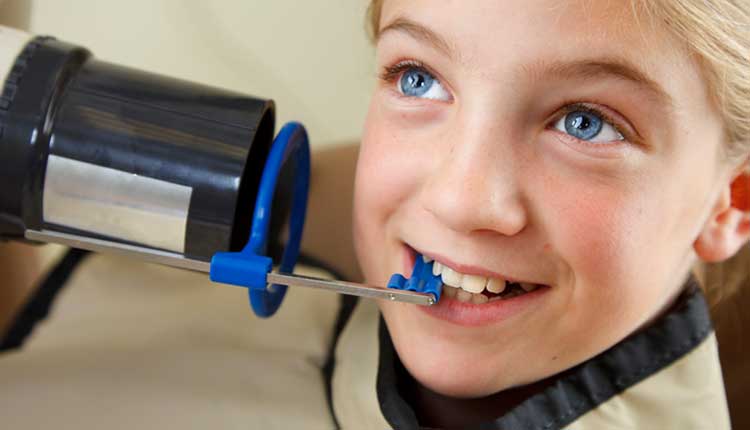 RichLegg / E+
RichLegg / E+
Extraoral techniques, where the sensor is stabilized outside of the patient’s mouth, may assist in obtaining reasonably diagnostic images when intraoral radiographic images are impossible to obtain.
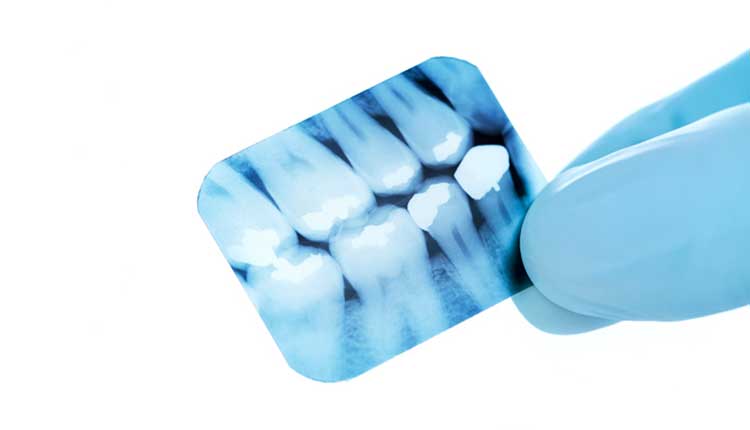 SCIENCE PHOTO LIBRARY / Science Photo Library
SCIENCE PHOTO LIBRARY / Science Photo Library
The presence of a tori or shallow palate helps the radiographer’s ability to place an intraoral image receptor parallel to the teeth of interest.
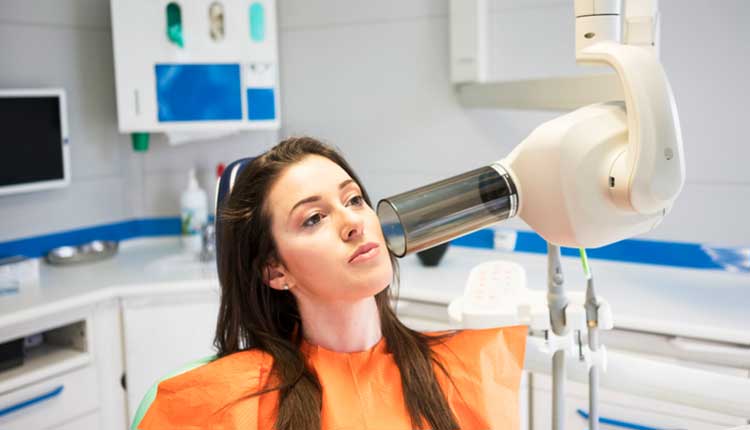 Vesnaandjic / E+
Vesnaandjic / E+
Vertical angulation may need to be slightly increased to accommodate image receptors in children with a low palatal vault.
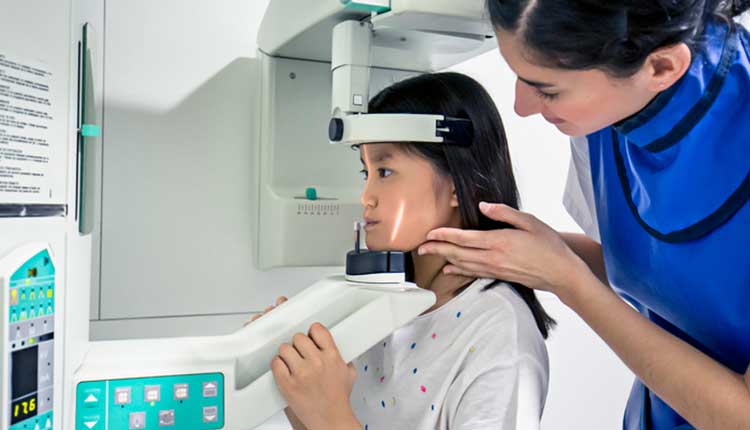 xavierarnau / E+
xavierarnau / E+
While handheld radiography equipment is ideal for use in situations where wall-mounted dental X-ray devices are not accessible—such as mobile dental clinics and outreach events where dental hygiene practitioners may provide oral hygiene assessment and treatment—the radiographer’s ability to hold the handheld equipment during exposure could provide increased stability for patients with special needs.
 Wendy Helms / EyeEm
Wendy Helms / EyeEm
Patients with ASD and other special needs that affect sensory processing often benefit from practice at home before the radiographic procedure, as ASD can impact communication and social interaction skills.
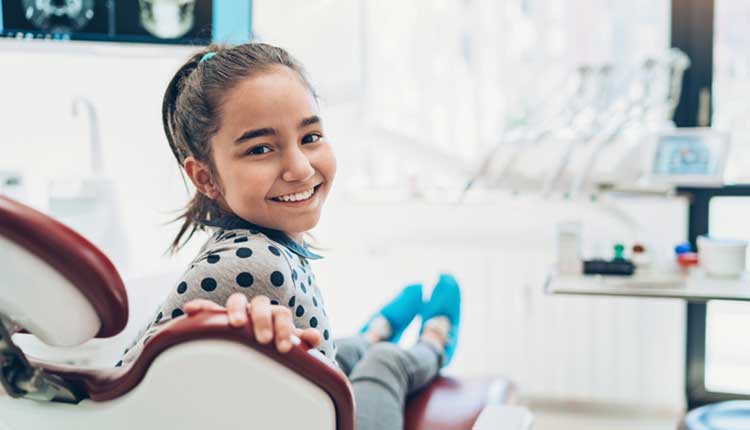 pixelfit / E+
pixelfit / E+
Share your Results:

